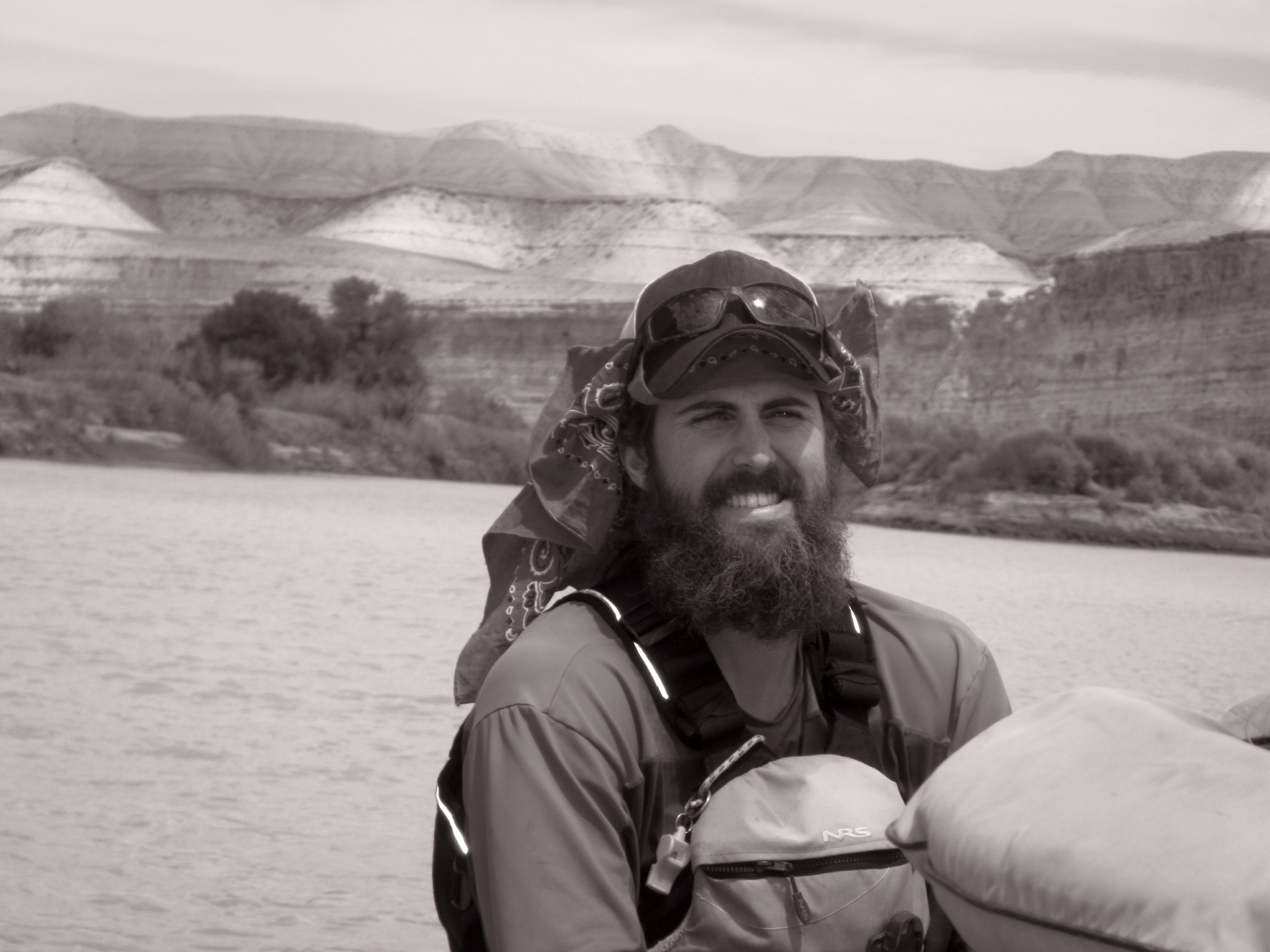Some information may be outdated.
The natural world inspires all sorts of human innovation, from the purely aesthetic to the purely utilitarian. Somewhere in between is the sweet spot, where form meets function and results in the creation of something beautiful and enduring.
Finding that elusive flow is what moves Brad Hanson, who was attracted to this high desert town by the allure of whitewater rafting and opportunities to work with young people in the outdoors. Upon his arrival in Moab in 2014, he made fast friends with like-minded staff and volunteers at the Youth Garden Project and took advantage of some volunteer opportunities there. They pointed him in the direction of continuing education in permaculture philosophy and design at Utah State University-Moab.
Attending his first permaculture workshop, he learned about applying systems-thinking and natural patterns to design. The permaculture concepts were instantly attractive to him, he said, because they’re tools for applying the things he observes about nature toward everyday problem solving.
He has spent most of his life observing nature, he said. After graduating with a Bachelor of Science degree in geography in his home state of Oregon, Hanson volunteered with the Peace Corps in Jamaica. There, he worked on sustainable tourism initiatives that would help promote stable ways to grow food for the island’s population. Following that experience, he built trails with the American Conservation Experience, before moving on to teach young people in the outdoors with Outward Bound.
Since that first workshop, he has assisted with Utah State University-Moab’s permaculture workshops and associated volunteer projects, fitting them in wherever he can between trips with the Canyonlands Field Institute and now with Outward Bound.
“I really enjoy the nature of the work,” he said. “I like these common-sense solutions. When you’re looking at things this way, you can sit there and really ponder what’s going on, with gravity and water.”
His work has been tremendously valuable to USU-Moab, said Dr. Roslynn Brain, an assistant professor in sustainable communities. The university is currently transitioning campus grounds to reflect permaculture principles, which will help save money and resources as the new design utilizes and benefits natural, low-maintenance systems. Hanson has helped with earthwork and stone work, and was an important part of the creation of the water-wise instructional garden, she said.
“Brad’s motivation as a volunteer is extremely impressive,” Brain said. “It’s been extremely beneficial to have him around. Each time he was one of the first here and last to leave. Even in the rain, he was out there volunteering.”
Starting next month, he’ll join Community Rebuilds building affordable, low-energy homes for two Moab families. He didn’t know it at the time, but Community Rebuilds had arranged the first permaculture workshop he attended. He’s looking forward to learning about natural building and applying what he has learned in his various experiences as a volunteer and in past construction projects.
He sees opportunities everywhere for applying what he’s learning, he said. When he returns to the city after spending weeks in the natural world, the challenges of modern life show up clearly. Facing those challenges with a toolkit the size of planet Earth makes them much less daunting, though, he said.
“There’s a lot we can do to incorporate nature into the city,” he said.
This profile was made possible by the generous support of Rocky Mountain Power.
This Week: Brad Hanson
Appreciate the coverage? Help keep local news alive.
Chip in to support the Moab Sun News.





